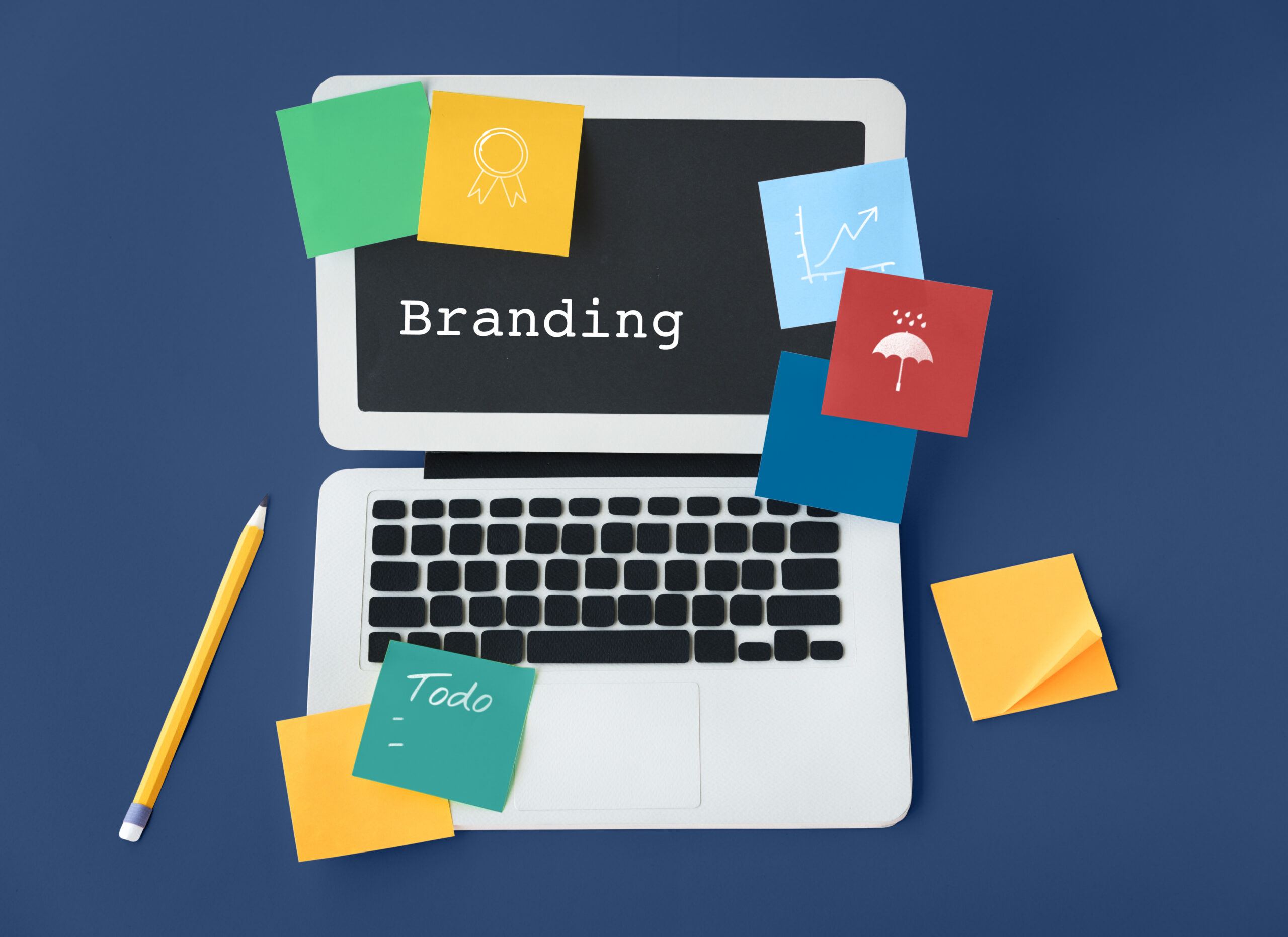
A few months ago, one of our clients approached us with a peculiar dilemma. They had a great product and economical prices, but they could not break through their target audience. Their product was superior compared to their competitors’, and they couldn’t figure out why prospective customers didn’t seem to agree.
One look at their old website told us the reason. Their website was slow to load, offered poor user interface, and didn’t guide visitors to where they wanted to go. They were literally driving people away due to their website’s bad design.
Good design = More revenue
Consulting firm McKinsey spent five years researching the impact of design actions by business executives. They determined 12 design actions that affected financial performance — the McKinsey Design Index (MDI). A higher MDI resulted in higher financial success.
Good design often tends to be invisible. You don’t tend to notice when something does the job it’s meant to do. When you type in a website’s address, if the page loads within a second or two and you’re able to figure out the sitemap to take yourself to the specific product or service page, you don’t think twice about how easy it was for you to gain this specific nugget of information.
Service design & business design

Good design boosts retention, helps businesses scale, increases sales, and converts leads into paying customers by providing functionality and offering innovative solutions from a business perspective.
Human-centred design, something Brucira strives to incorporate into everything we design, is the pinnacle of good design and great problem-solving. Intelligent design is what happens when a service designer collaborates with a business designer to create something functional, useful, and easy to use.
Service designers work on integrating all product features and supporting functions during a concept or blueprint stage. At the same time, the business designer works on the business model and determines where the creation of value takes place. Both are two sides of the same coin, necessary for a value-based, enriched user experience.
Designing for user personas
Good design considers the different user personas and integrates that into the functionality of a product or service. The business designer, in particular, focuses on the user persona. For instance, in several industries like B2B or B2B2C, the user and customer are rarely the same people.
To build user personas, both service and business designers employ unique methods of research. Whether it’s the service designer’s interviews, surveys, and customer studies, or the business designer’s market analysis, competitor research, or industry trends, all of it comes together to create a practical design that increases the ROI for the company investing in good design.
The relationship between engagement & financial performance
For the service designer, higher engagement is the best metric of success, whereas, for the business designer, financial performance is the only way to measure growth. The goal is to have higher revenue without compromising on engagement, and it is rarely possible to have one without the other.

Designing for the marketing funnel allows the user to make their purchase decisions easily while a design that reduces friction also encourages a positive response to the product offered.
When a company invests in design, they’re capturing the loyalty of their customer base. Good design inspires credibility, trust, and authority. According to Tyton Media, 94% of people have cited web design as the reason they mistrusted or rejected a website.
We all know, once someone closes their browser tab or exits out of your app, you’ve lost their attention. People rarely revisit a slow-loading website, quickly dismissing it from memory. Poor design creates a terrible first impression, losing a potential customer’s trust forever.
How does Brucira leverage design for business?
As a product design agency, we always optimize everything we create to work better than it looks. And our designs are usually pretty great (our clients say so too!).
Our work on Chizel, a 3D prints company, factored the interplay between design and business right from day one. With our intelligent design, we reduced their cycle from 7 days to 3 and helped them save 40% on Ops cost. Their new website can handle 6x more contacts and is loved by their B2B customers. Striking the right balance between professional and functional is integral to capturing the mature B2B market.
Design thinking serves to bridge the gap between the business model and the design. Any investment in design quickly pays for itself several times over by increasing customer satisfaction, organic engagement, higher usability, reducing maintenance costs, time spent addressing bugs and errors and fostering easier collaboration and training.
So, there you have it. Design isn’t just a pretty website; it’s having one that looks visually appealing as it nudges the visitor to the page you want them to visit. Stand out among your competitors and capture your target audience while getting results right from the first day.
Interested in knowing how our intelligent design can positively impact your business to increase sales and create more satisfying user experiences? Contact us at hello@brucira.com to get the ball rolling.
Read more about how great design can elevate your content and the 8 principles of creating brilliant design you need to follow.
Keep yourself updated about our work & our newly-launched products like Brutask & ruttl.
Join the conversation over at Instagram | LinkedIn | Dribbble | Facebook













